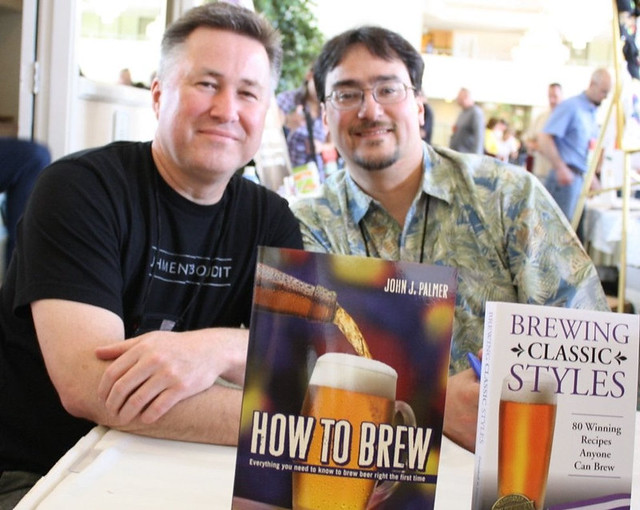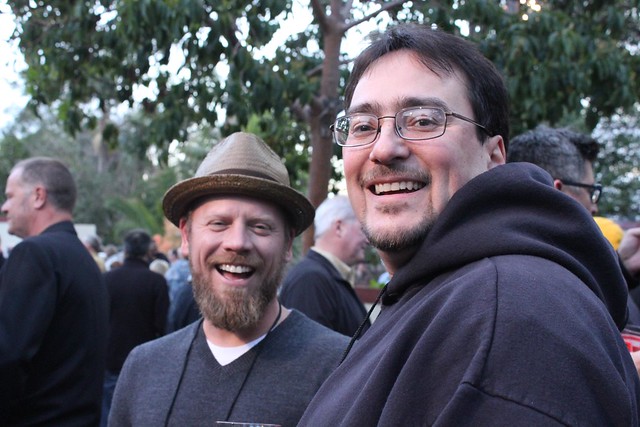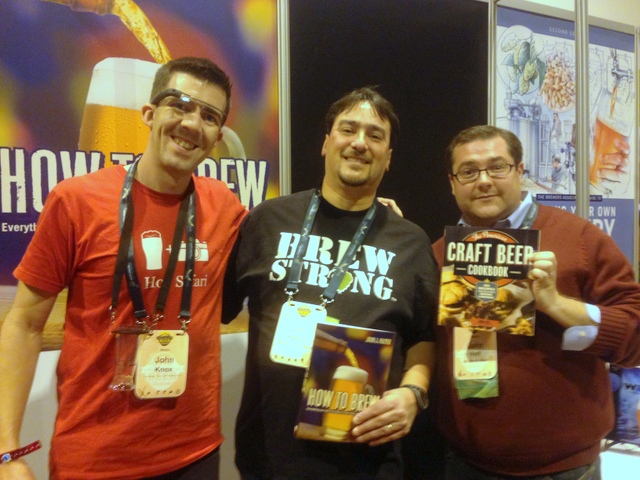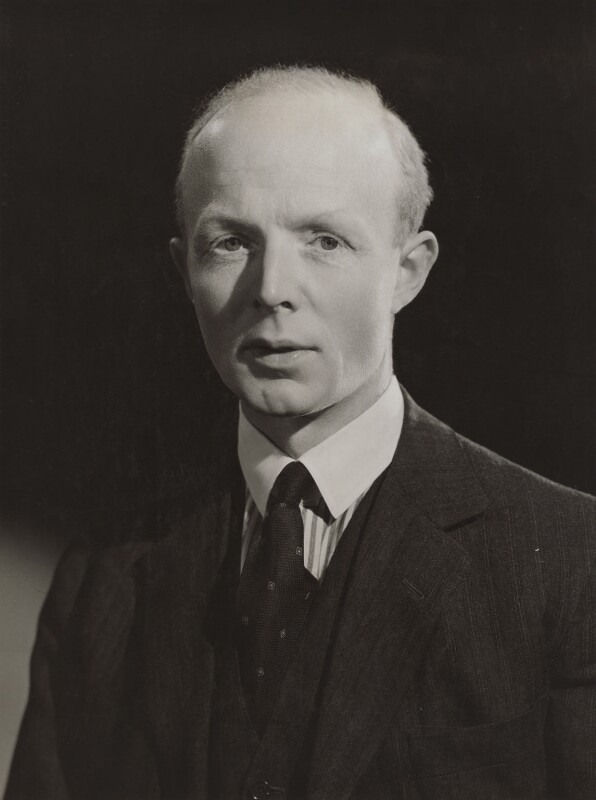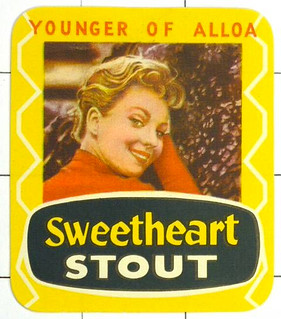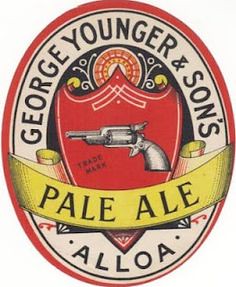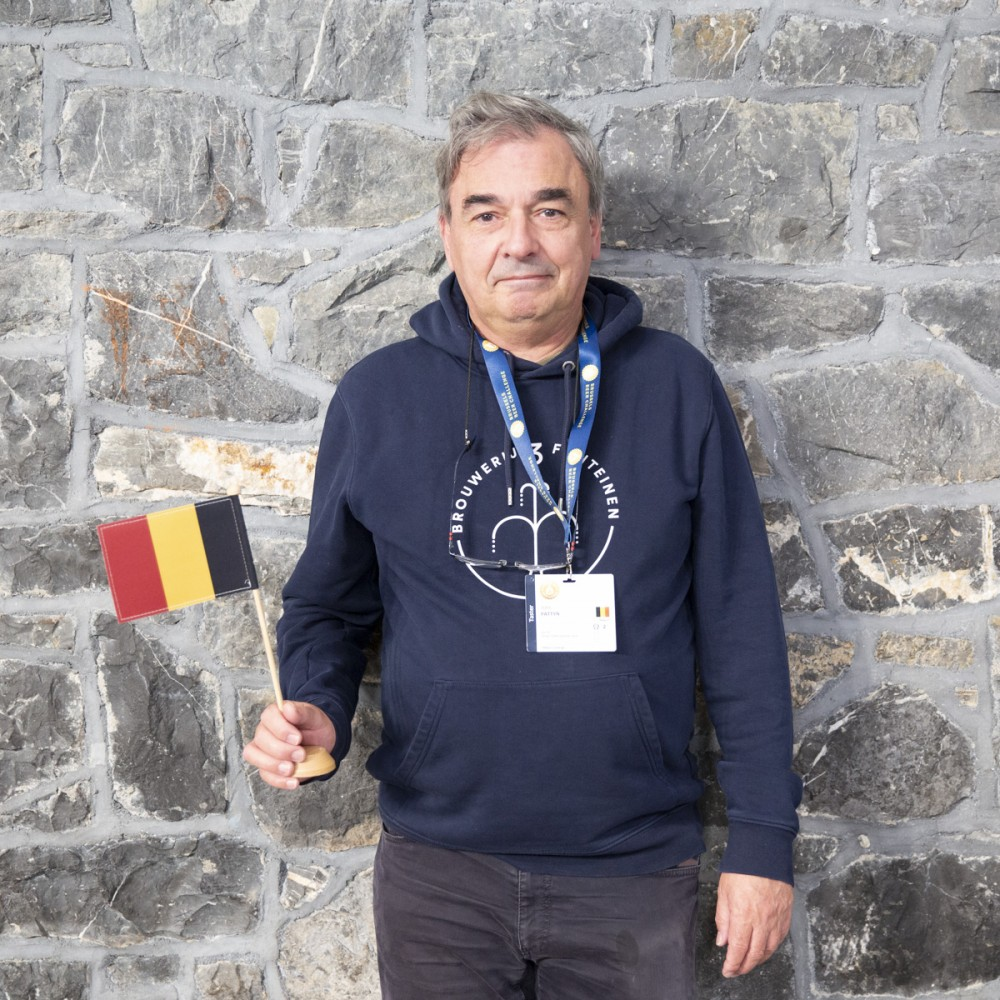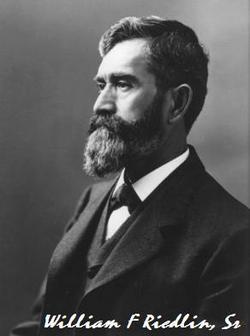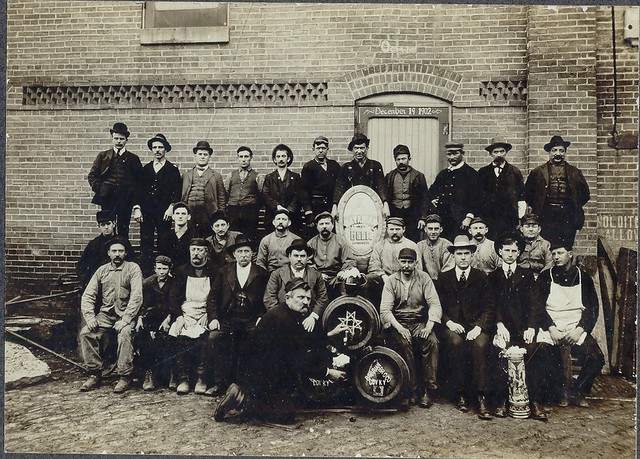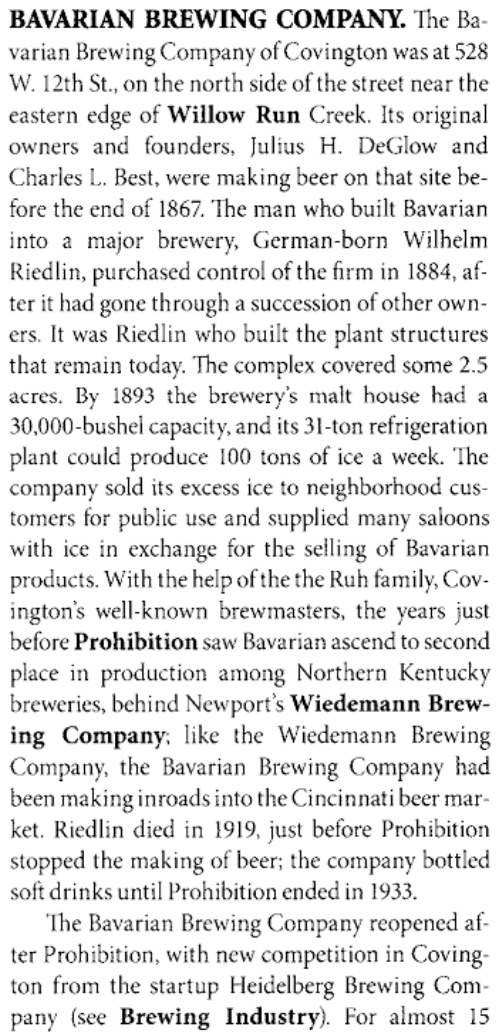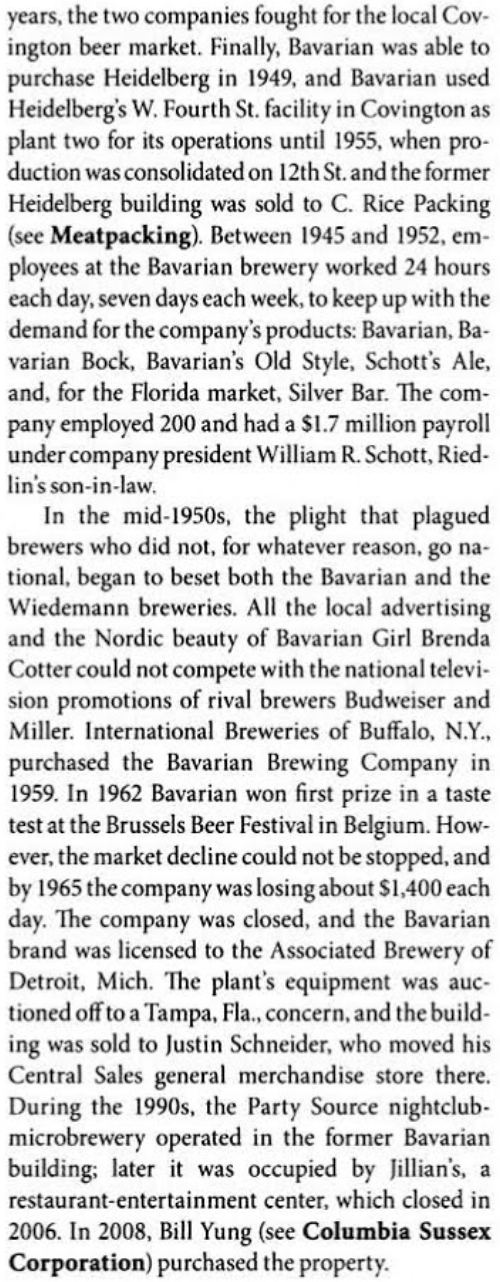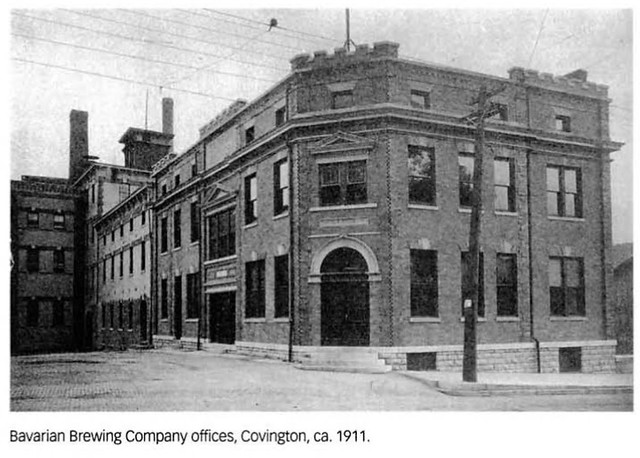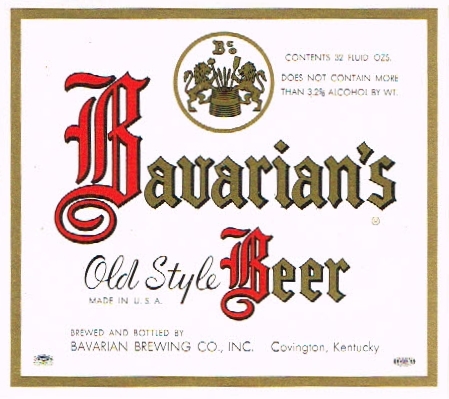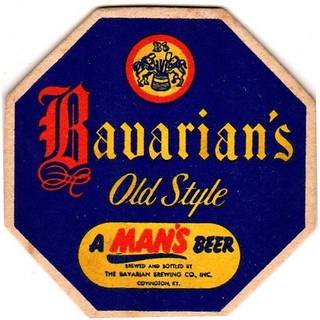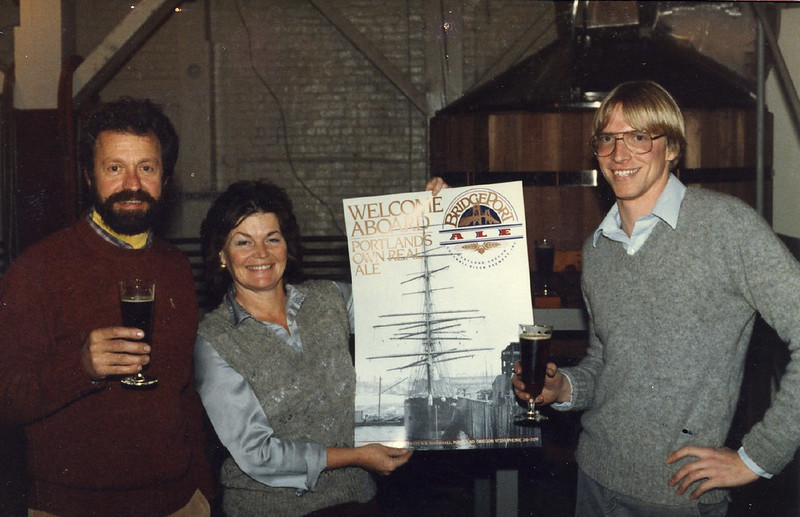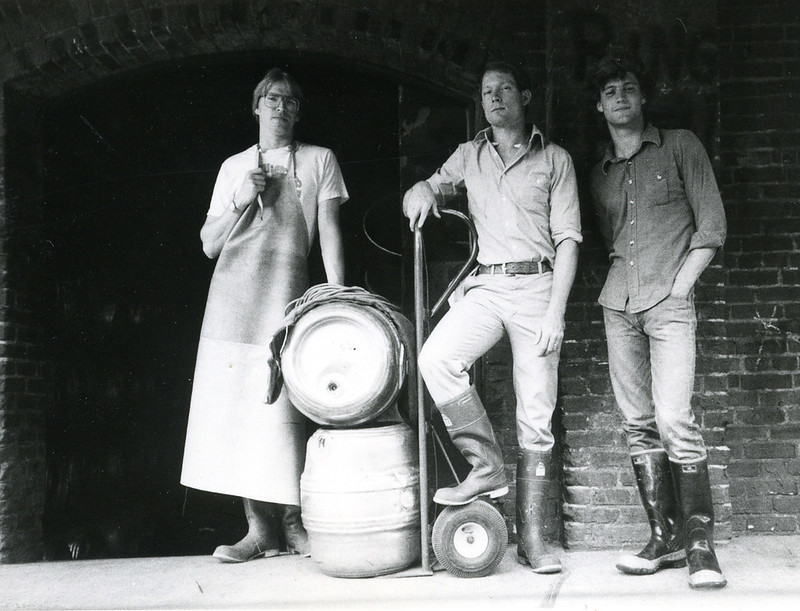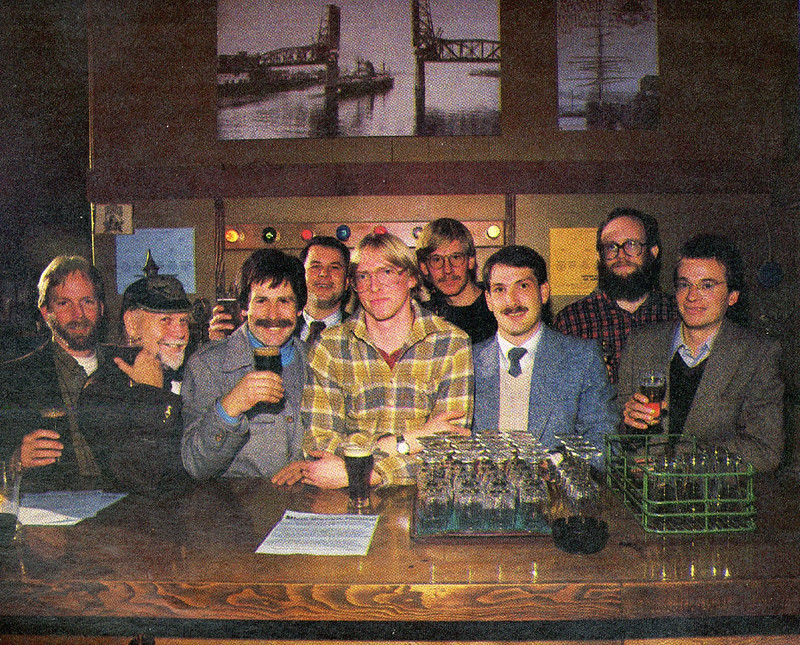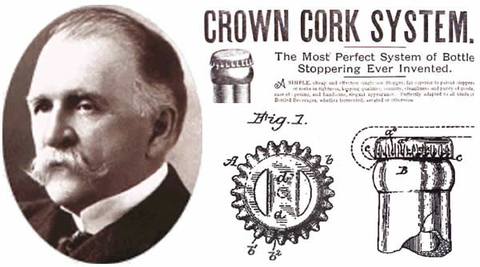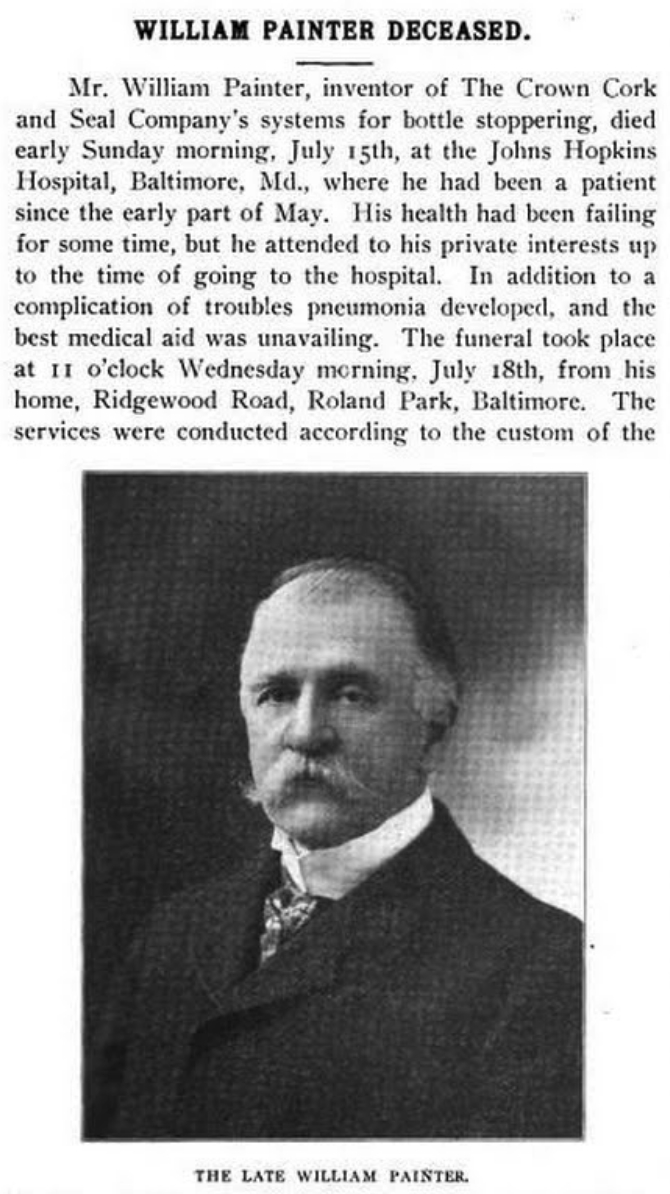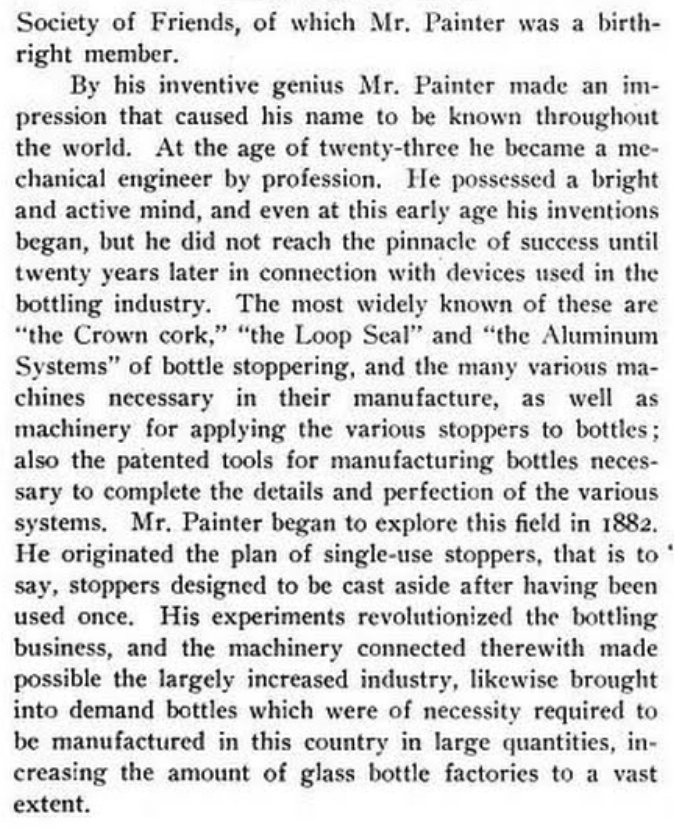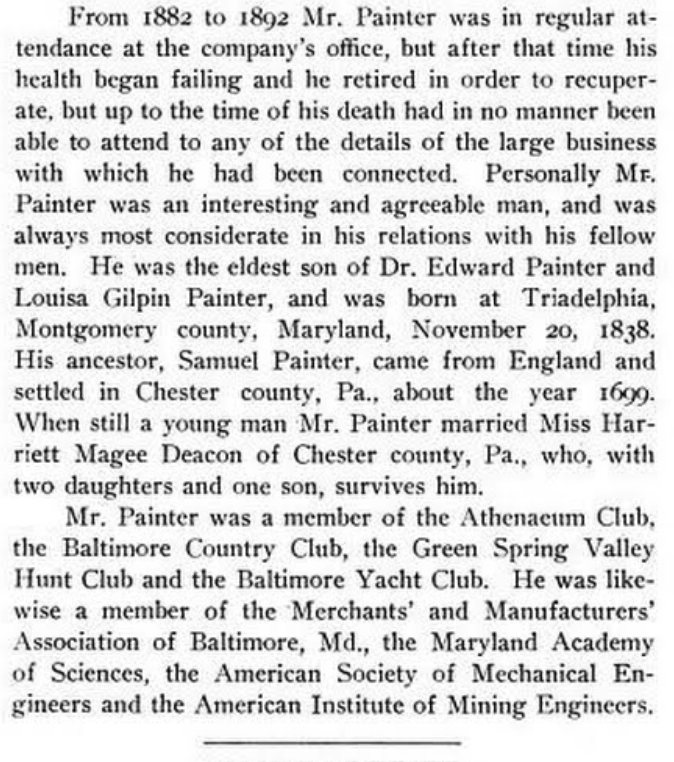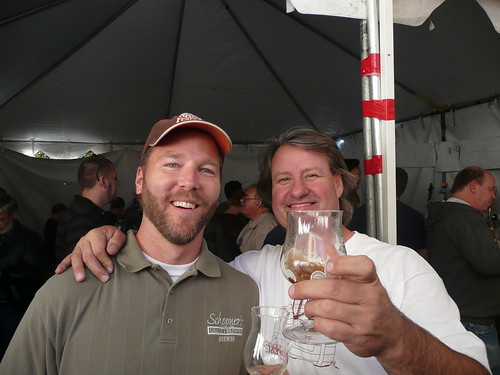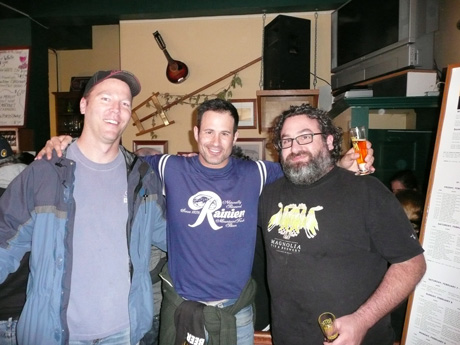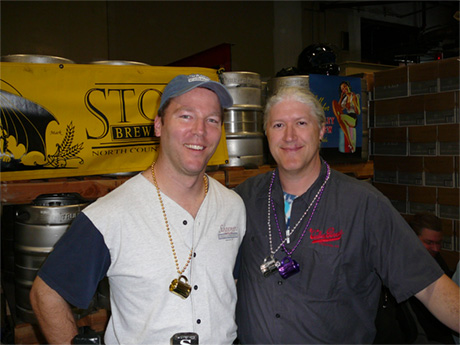
Today is the birthday of Phil Cutti, co-founder, former president and brewmaster of Headlands Brewing in Marin County, but since 2018 was also the head brewer at Speakeasy Ales & Lagers, though he left that in 2023. Phil spent most of his adult life as an Exercise Physiologist and extreme athlete. Needing something to do to relax, he took up homebrewing, and then the homebrewing took him. In addition to doing the brewing at Speakeasy and Headlands, he’s also the president of the Bay Area Brewers Guild. More recently, he’s begun working on something called the Ripple Beer Project. Join me in wishing Phil a very happy birthday.

After winning bronze at GABF in 2015.
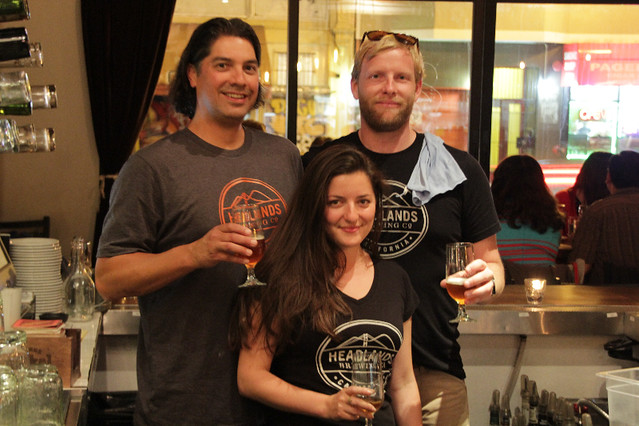
Phil, Patrick Horn and Inna Volynskaya of Headlands Brewing, in a press photo by the brewery.

Phil ready for his close-up at the Toronado San Diego during San Diego Beer Week a couple of years ago.

The Headlands crew during their first trip to GABF in 2013. Photo stolen from Brian Stechschulte. Hopefully he’ll let it slide in the spirit of the holidays.


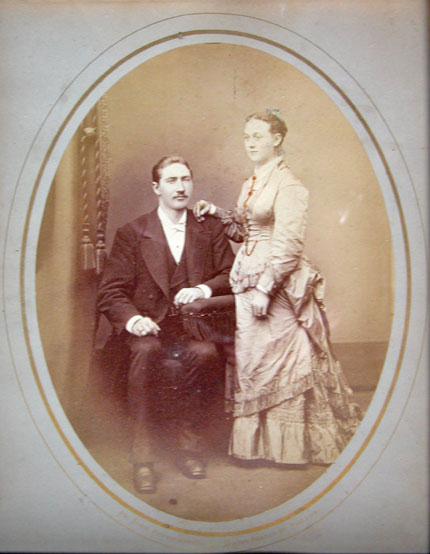
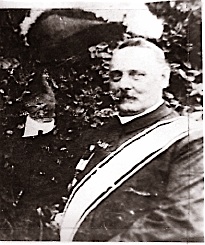
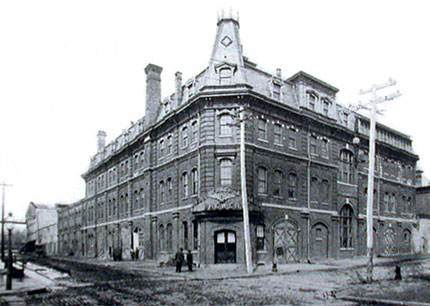
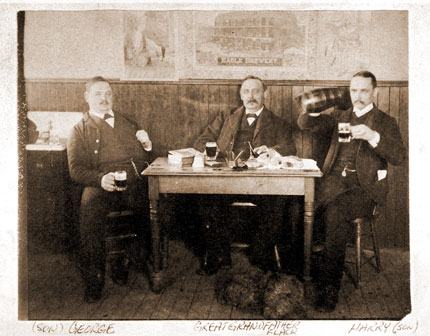
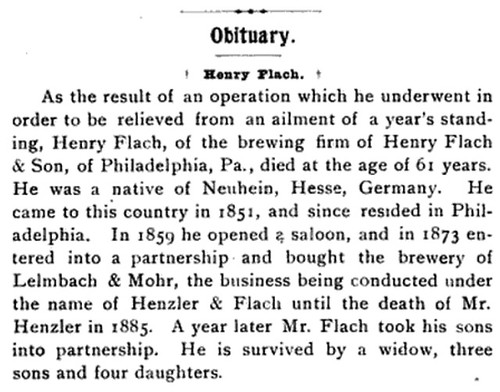
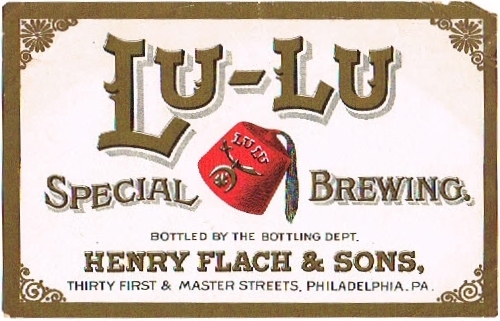
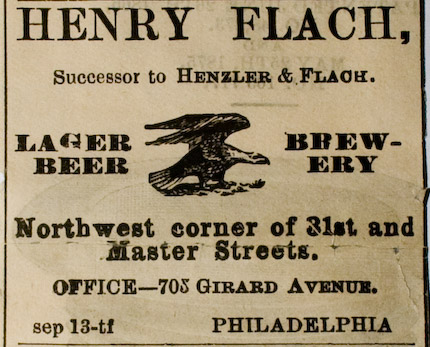



 Brett, me and Brian Dunn, from Great Divide, at SAVOR a few years ago in Washington, DC.
Brett, me and Brian Dunn, from Great Divide, at SAVOR a few years ago in Washington, DC.


